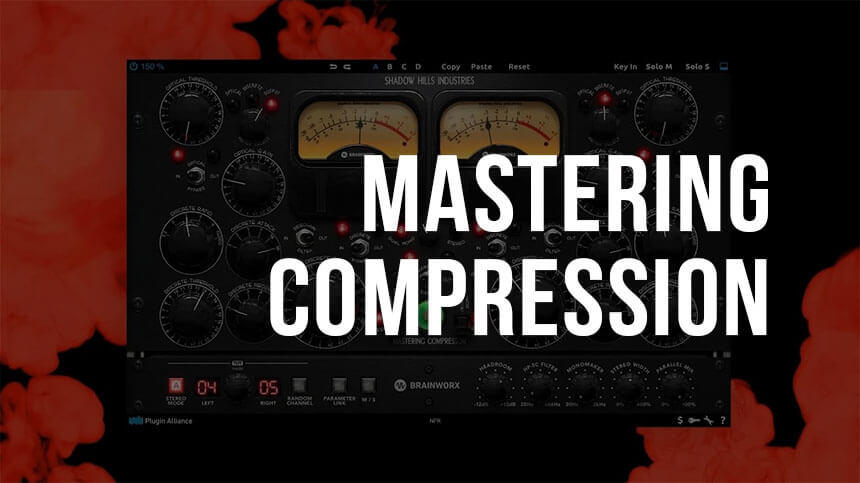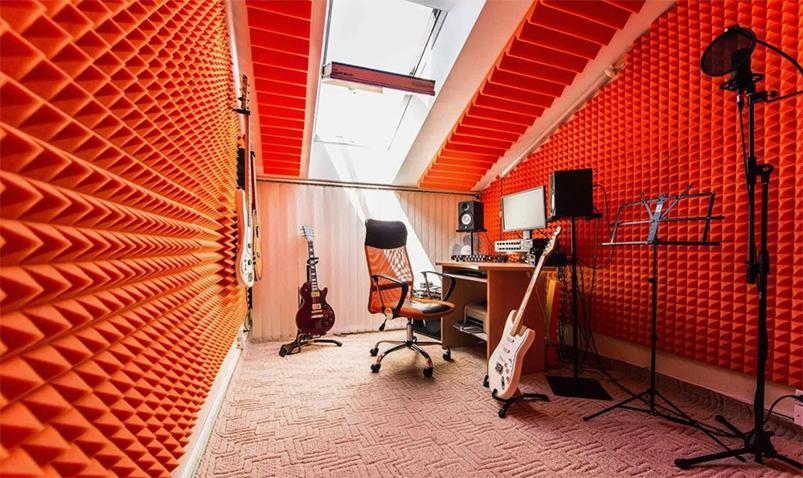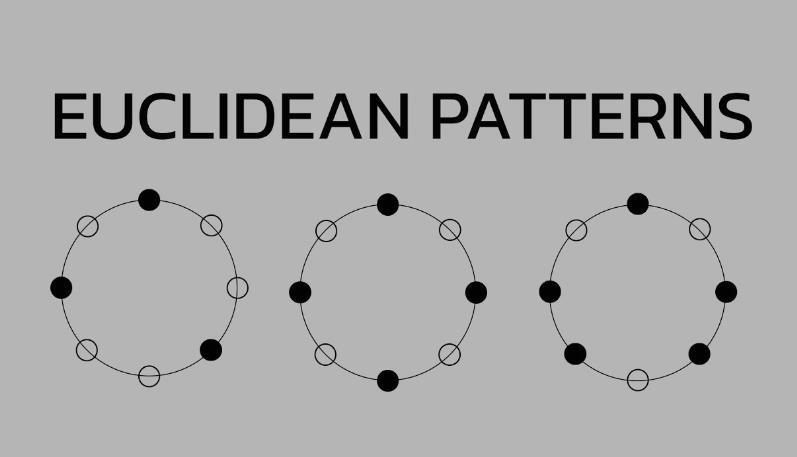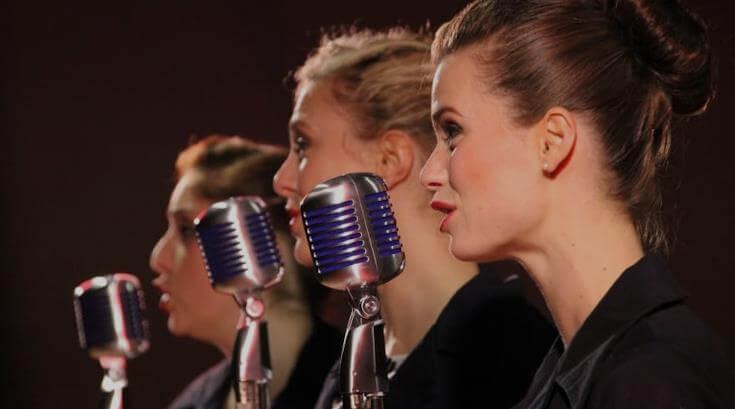Rhythm in music

Rhythm in music serves as its foundation. Without an established rhythm, a composition loses its uniqueness and expressiveness, making it impossible for the listener to grasp the mood intended by the composer. In this material we will look at the variety of musical rhythms, their role in the perception of musical works and ways of using them in the creation of musical works.
What is musical rhythm?
Rhythm in music is the alternation of sound events of varying durations, creating a unique sequence. It introduces a sense of temporal space and movement into the music, helping the audience discern the beginning and end of a melodic line, as well as its evolution.
Musical rhythm can be simple or complex, slow or fast. What unites them is the desire for harmony and pleasantness to the ear. A rhythm that is too intricate or unsystematic can turn off the listener, while too much simplicity or monotony can make the music sound dull.
What types of musical rhythms are there?
There is a rich variety of rhythmic structures in the world of music, each of which imparts a unique sound and character to musical works of various styles and genres. Here are examples of some of them:
- Basic rhythm is the most elementary form, characterized by the repetition of sounds of the same duration;
- Complex rhythm includes a combination of notes of varying durations, accents and rests, providing a rich and varied listening experience;
- A dotted rhythm is characterized by alternating long and short sounds, creating the effect of acceleration or emphasis in the melody;
- Syncopated rhythm shifts the emphasis from traditional strong beats to weak ones, introducing contrast and novelty into the musical canvas;
- Polyrhythm combines several rhythms played simultaneously, creating complex and unusual sound patterns;
- Ostinato is the repetition of one rhythmic motif throughout the entire composition or part of it, providing the music with a structural basis;
- Percussive rhythm refers to rhythmic patterns typical of percussion instruments, often characterized by high speed and technical complexity, and capable of combining elements of other rhythms.
Elements of rhythm
Let’s take a closer look at the key aspects of rhythm that play a central role in musical creativity.
- Beat and metrical structure. A beat is the basic unit of musical structure, including one downbeat and one or more downbeats. The metric structure of a measure is determined by the number of beats in it and is indicated by a pair of numbers, for example, 4/4 or 3/4. This aspect influences the rhythm, dynamics and overall mood of the piece;
- Tempo of the piece. Tempo determines the speed at which a piece is played, measured in beats per minute (BPM), and can range from extremely slow to very fast. The tempo established by the metrical structure influences the overall dynamics and emotional tone of the music;
- Metric. It is a method of ordering musical sounds in time by alternating strong and weak beats, which gives structure and order to the piece. The metric can be either bipartite (for example, 2/4, 4/4) or tripartite (3/4, 6/8);
- Emphasis. Isolating certain beats in a bar by changing the volume, timbre or duration of notes gives the music dynamism and expressiveness;
- Rhythmic figures. These are combinations of different note durations and pauses that form unique rhythmic patterns. Rhythmic figures can be simple (quarter notes, eighth notes) or more complex (triplets, sixteenth notes), and are used to create a variety of rhythmic patterns, enriching a piece of music.
Let’s take a closer look at rhythmic patterns. Mastering the skill of creating and understanding the variety of rhythmic structures is a key element of music education. There are two main categories: rhythms without syncopation and syncopated rhythms.
Unsyncopated rhythmic patterns
Irregular (or asyncopated) rhythmic structures play an important role in the modern music scene. They enrich the compositions with unique and exciting rhythmic textures, bringing novelty to the music and promoting the expression of emotion and atmosphere.
The development of an asynchronized rhythm begins with the selection of a basic rhythmic motif, which will become the foundation for further experiments. This initial rhythm should be intuitive and memorable, creating a solid foundation for adding more complex elements.
Having chosen a basic rhythm, various modifications and additions can be added to it, making the rhythmic structure more complex and multifaceted. Such changes may include adapting note values, introducing accents, modifying tempo, and more. It is important that all these changes are in harmony with the main rhythm, maintaining its recognition.
Unsyncopated rhythms are found in a variety of musical genres, such as jazz, funk, hip-hop and electronica. An example is the song “Billie Jean” by Michael Jackson, where the unsyncopated rhythm gives the track a special twist. In hip-hop, unsyncopated rhythms are used to give tracks uniqueness and drive, and in electronic music, they are used to create complex, multi-layered arrangements.
Now let’s discuss what types of asyncopated rhythmic structures there are and how they can be developed.
1. “Four on the floor” (four quarters)
The rhythmic formula “Four beats per bar” is one of the most common and recognizable rhythmic structures in the musical world. This pattern is distinguished by the fact that in each measure there are four distinct beats, hence the name – each beat falls on a separate beat of the measure. Created in the 1960s, it quickly became an integral part of many musical styles, such as rock, pop and jazz, and found particular popularity during the British Invasion, when such legendary bands as The Beatles and The Rolling Stones actively included it into your compositions. To this day, this rhythmic formula remains one of the most recognizable and flexible in the music industry.
“Four Beats to a Bar” is easily adaptable to a variety of musical styles and situations, serving as the basis for many rock songs, especially in the hard rock and heavy metal genres.

Let’s practice: say out loud the numbers one through four (“1-2-3-4”) and accompany each count with blows with your right hand. Next, try to emphasize the first beat of each count.
2. The Off-Beat
The Off-Beat style first appeared in jazz, enriching it with new rhythmic sensations. Over time, this rhythmic element has found application in various musical styles, making the sound of works more exciting and dynamic.
The Off-Beat pattern can be used in many ways. It can bring contrast and novelty to a melody or give a composition a sense of rhythm and energy. In jazz, this pattern often serves as the foundation for a solo, giving musicians the freedom to improvise around it.

Practice: Start by counting to four, emphasizing the second and fourth beats with your right hand. Then try adding two beats to each of the second and fourth counts. For variety, try tapping with your left hand exclusively on the third count, while continuing rhythmic tapping with your right hand on the second and fourth.
3. Ballad
The history of ballad rhythm goes back to the Middle Ages in Europe, having gone through numerous transformations, it has retained its characteristic structure and melody over the centuries. This rhythm is soft and regular, formed by alternating percussive and less accented beats, creating harmonious measures. Characteristically, each measure begins with an accented beat, followed by a pair of lighter ones, providing the melody with expressive and long lines.
Ballad rhythm has found its use in a wide range of musical genres, from classical and folk to jazz and rock. In classical music, it is often found in slow, lyrical compositions, including sonatas and symphonies. In folklore it is the basis of many songs and dance tunes. Jazz and rock are also enriched with ballad rhythms, giving the works a unique sound and emotional richness.
An example of a famous use of ballad rhythm is the song “Yesterday” by The Beatles, where the classic ballad rhythm merges with elements of rock and roll, creating a special atmosphere.
The ballad rhythm remains one of the most beloved and recognizable rhythmic patterns, enriching the art of music with its expressiveness, depth and emotionality.

Practice: Say fours, adding an extra “i” after the second count, forming a 1-2-and-3-4 rhythm. Use your right hand to accent 1, 2and, 3 (and 4 when adding variation), while your left hand accompanies the main count. Once mastered, try swapping the functions of your hands.
4. The Pulsing 8ths
The Pulsing 8ths is a rhythmic pattern based on alternating eighth and sixteenth notes. It is characterized by a pulsating, rhythmic pattern that creates a sense of movement and dynamics in the music. This pattern was created in the 1980s and was originally used in jazz and funk music. However, over time, it began to be used in other genres, including pop, rock and electronic music.
One of the features of The Pulsing 8ths is its ability to create contrast between fast and slow elements in a composition. This effect is achieved by alternating fast and slow notes, which creates a feeling of pulsation and movement.
Let’s practice: First, practice counting in fours, inserting an “i” sound between each count (or repeating the word “cola” for each measure – two syllables will naturally divide your measure into two). Then tap out the rhythm with your right hand. Once you have a smooth rhythm, try tapping the main four beats with your left hand while playing pulsating eighth notes with your right.
5. Waltz
The waltz rhythm originated in Austria in the early 19th century and quickly became popular throughout Europe. Initially, this dance was loved by the common people, but soon won the hearts of the aristocracy. Johann Strauss Sr. was one of the first composers to actively include waltz rhythms in his musical works.
The peculiarity of the waltz rhythm lies in its smoothness and grace. It usually has a three-beat meter, with emphasis on the second beat, which gives the music a sense of continuous movement and rise. The symmetry and regularity of repetition make the waltz rhythm easily recognizable and memorable.
Practice: In 3/4 meter, each measure has three beats, so this time we’ll count in threes (1-2-3, 1-2-3, and so on). Perform the first and last stroke of each triple with your right hand, emphasizing the first stroke of each group. For variety, try playing the first stroke with your left hand, and the second and third with your right, while continuing to count out threes out loud.
Syncopated rhythmic patterns
Syncopation is a technique that can be used to create original and easily recognizable rhythmic patterns. Its essence lies in shifting emphasis to usually unemphasized beats of the rhythm, which leads to an effect of dynamism and surprise. Such rhythms stand out for their fascination and unusualness, introducing an element of non-standardism into musical perception. The usual expectation of emphasis on the downbeat is broken, resulting in a fresh and intriguing rhythm.
Syncopation can serve as a tool to achieve a variety of musical effects, adding a sense of excitement, anticipation, or even melancholy. It is important to realize that the main purpose of syncopation is to enrich a piece of music with a unique rhythmic pattern. Syncopation acts as a highlight, giving a finished look to the musical composition.
The following are examples of classic syncopated rhythms that will be a great addition to your repertoire.
1. The Pull
The Pull technique opens up the possibility of creating works rich in emotions. This rhythmic pattern is highlighted by the use of sustained notes accented on the unaccented beats of the bar, creating a “pull” effect. First used in jazz for improvisation, due to its expressiveness and depth it has found application in a variety of musical genres.
An example of The Pull is “So What” by Miles Davis, where rhythm serves as a key element, creating an atmosphere of intrigue and anticipation. Sustained notes on the unaccented beats of a bar introduce a feeling of “dragging,” which is enhanced by the accompaniment and vocal part.
Another example is “All Blues” by Bill Evans, where The Pull helps create emotional tension that dynamically changes throughout the composition.
Practice: Say the count to four out loud, inserting an “and” between each number to separate: 1 – and – 2 – and – 3 – and – 4 – and. Please note that the first strike follows immediately after the “4”, you should get used to this feature.
Once you are comfortable with the right hand part, start incorporating your left hand by hitting quarter notes while maintaining the vocal count.
- Right hand: 1 – and – 2 – and – 3 – and – 4 – and;
- Left hand: 1 2 3 4.
Once mastered, try performing the rhythm without vocal counting.
2. Billie Jean
“Billie Jean” is not only the name of an iconic pop music figure, but also the name of one of the most famous and easily recognizable rhythmic patterns in world musical history. This rhythm became widespread thanks to the song of the same name by Michael Jackson, released in 1987.
The creation of this unique rhythmic pattern was the initiative of Michael Jackson and his team of musicians, who strived to create something unusual and attractive to the audience, capable of conquering the top of the charts. And their efforts were crowned with success.
The rhythmic structure of “Billie Jean” stands out for its complexity and variety, incorporating elements of syncopation, swing, breaks and many other components, making it exciting and captivating for the listener.
Practice: Using the same counting technique as “The Pull”, perform the rhythm with your right hand, marking down and “2 – and”:
1 – and – 2 – and – 3 – and – 4 – and
Next, turn on your left hand, which will hit the main four beats per beat:
- Right hand: 1 – and – 2 – and – 3 – and – 4 – and;
- Left hand: 1 2 3 4.
3. Viva La Vida
“Viva La Vida” is a track released in 2008 that stood out among the group’s other songs due to its success. The unique rhythm of the song is due to the combination of various musical instruments, including guitar, keyboards and percussion, creating a memorable musical landscape.
The dynamism of the rhythmic pattern of “Viva La Vida” stems from its diversity. The presence of both fast and slow segments enriches the composition, giving it emotional richness. The addition of jazz and folk elements to the song makes listening to it especially attractive.
A significant feature of the rhythmic structure is the use of syncopation, which provides the track with energy and rhythm. An important aspect is also the use of a variety of musical meters, adding complexity and versatility to the composition.
Practice: Begin by counting each measure by four, placing emphasis on the second eighth note of each measure.

Use your right hand to create rhythm:
1 – and – 2 – and – 3 – and – 4 – and | 1 – and – 2 – and – 3 – and – 4 – and
After this, introduce the left hand, emphasizing each count from one to four:
- Right hand: 1 – and – 2 – and – 3 – and – 4 – and | 1 – and – 2 – and – 3 – and – 4 – and;
- Left hand: 1 2 3 4 | 1 2 3 4.
How to learn to play different rhythms on the guitar
To learn how to play rhythms on the guitar, it is recommended to follow these steps:
- Mastering chords: Start with basic chords, then move on to chord progressions;
- Studying fighting and busting techniques: It is important to master both techniques for flexibility in the game;
- Practice a variety of strokes and breaks: This will add expressiveness to your playing;
- Working with Rhythmic Figures: Use syncopated, dotted, and triplet rhythms to create unique rhythmic patterns;
- Analysis of rhythmic patterns: Listen and analyze music of different genres, trying to reproduce what you hear on the guitar;
- Using a metronome: To improve your sense of tempo, start at slow speeds and gradually increase them;
- Regular Practice: Consistent practice is critical to improving technique and rhythm;
- Exchange experiences with other guitarists: Communication with fellow musicians can give new ideas and useful tips;
- Participation in musical events: Jam sessions and live performances will strengthen your confidence and adaptability to different playing conditions;
- Experiment and find your own style: Don’t be afraid to try new things and develop a personal approach to music.
Remember, mastering different rhythms takes time. The more you experiment and practice, the more unique and varied your musical repertoire will become.










